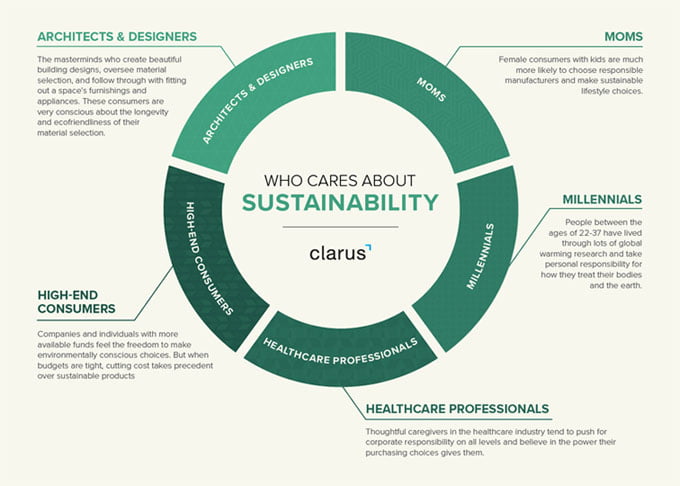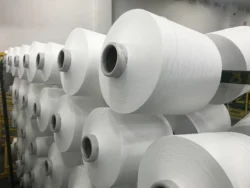It seems that everyone is trying to go a little greener, and the manufacturing sector is no different. In many cases, the drive to become more sustainable is being forced by new legislation, but with the cost-savings and brand reputation on the line, going green is proving to be the next big step for large and small scale manufacturing companies alike.
For those that run their own manufacturing business to those that rely on them to maintain stock levels, going greener is no longer an option but a necessity. Here are the top three ways that the manufacturing industry is embracing sustainability and improving its environmental impact in 2020.
Regulate Energy Use Checks
One of the largest costs for manufacturers is the energy needed to run facilities. Regular energy audits are becoming one of the keys to improved system efficiency, and many manufacturers have prioritized annual energy audits. This involves a full inspection of a faculty and an analysis of energy costs.
Particular attention is being paid to heating, ventilation, and air conditioning expenses, with a wide range of cost-cutting options to consider. The growing use of the smart, connected energy monitoring devices now available makes those energy audits easier to maintain on a rolling basis rather than an annual one. With so many ways to ensure reduced energy bills, it’s no wonder that the need for regular checks of ongoing energy use is becoming the industry standard.
Going Paper Free
Bulletin boards are very common to see in manufacturing settings, loaded with fliers and printed notices that communicate policy changes and safety notices. That can lead to a lot of wasted paper and ink, especially when companies are still relying on outdated paper communications across their entire business.
Digitizing communications can be a significant money saver, but it also helps to make a business more sustainable by reducing printer costs and eradicating the high cost of waste management. Internal communications especially are a traditionally wasteful means of message delivery, and with the growing use of mobile messaging within a business environment, going paper-free is becoming the norm rather than the exception.
Renewables and Eco-Friendly Materials
From harmful chemicals to disposable materials, there can be a lot of potential issues in a manufacturing workplace that can harm a sustainability drive. That’s why most manufacturers start small with their sustainable changes. Even simple changes like exchanging the use of baling twine for a reusable and durable baling wire from www.balingwiredirect.com can help reduce the cost of baling your waste cardboard and ensure that you are not generating even more unsustainable practices. When every cent counts in the manufacturing sector, it’s those small changes that can have a dramatic effect on both carbon footprint and high running costs.
Changing light bulbs, improving insulation, and closely monitoring waste are the main focus for manufacturers that are aiming to slash their carbon footprint. Manufacturers all over the planet continue to push for more sustainability. By ignoring growing consumer demand and the potential to make huge savings, those manufacturers that are ignoring sustainability are only going to see themselves falling behind their competitors.







